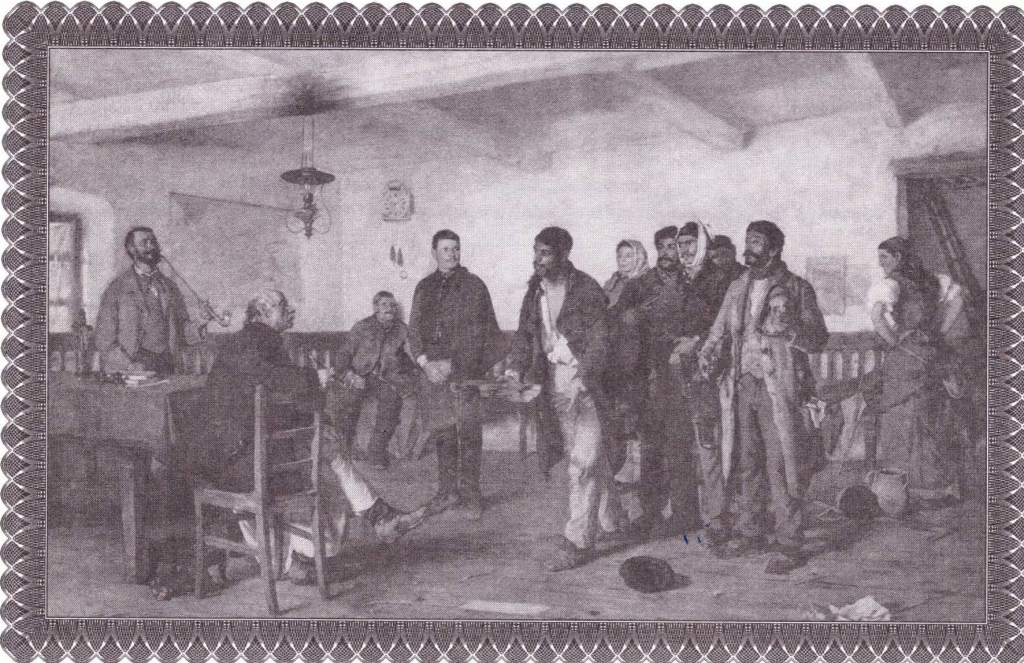Roma Rights Autumn 1998: Legal Defence
05 January 1999
 A major preoccupation of the ERRC is litigation in defense of Roma rights. But, people might ask, are all Roma rights cases also public interest law cases? The Assenov case was innovative from a purely legal point of view, regardless of the fact that Assenov is of Romani origin: it set a procedural guarantee of the right under Article 3. The court stated that "where an individual raised an arguable claim that he had been seriously ill-treated by agents of the State unlawfully and in breach of Article 3, that provision, read in conjunction with the State's general duty under Article 1 of the Convention to "secure to everyone within their jurisdiction the rights and freedoms in [the] Convention", required by implication that there should be an effective official investigation, capable of leading to the identification and punishment of those responsible. If this were not the case, the general legal prohibition of torture and inhuman and degrading treatment and punishment, despite its fundamental importance, would be ineffective in practice and it would be possible in some cases for agents of the State to abuse the rights of those within their control with virtual impunity". (Brief and simplified paraphrase: not only torture itself, but failure to properly investigate allegations of torture is a violation of the right to be free from torture.) In the Yordanov case, the very launching of that case, with its ambitious goals, was seen as lunatic by most professionals standing by. The ingenious way in which an existing domestic law was harnessed to challenge police violence committed by unidentified officers was a precedent.
A major preoccupation of the ERRC is litigation in defense of Roma rights. But, people might ask, are all Roma rights cases also public interest law cases? The Assenov case was innovative from a purely legal point of view, regardless of the fact that Assenov is of Romani origin: it set a procedural guarantee of the right under Article 3. The court stated that "where an individual raised an arguable claim that he had been seriously ill-treated by agents of the State unlawfully and in breach of Article 3, that provision, read in conjunction with the State's general duty under Article 1 of the Convention to "secure to everyone within their jurisdiction the rights and freedoms in [the] Convention", required by implication that there should be an effective official investigation, capable of leading to the identification and punishment of those responsible. If this were not the case, the general legal prohibition of torture and inhuman and degrading treatment and punishment, despite its fundamental importance, would be ineffective in practice and it would be possible in some cases for agents of the State to abuse the rights of those within their control with virtual impunity". (Brief and simplified paraphrase: not only torture itself, but failure to properly investigate allegations of torture is a violation of the right to be free from torture.) In the Yordanov case, the very launching of that case, with its ambitious goals, was seen as lunatic by most professionals standing by. The ingenious way in which an existing domestic law was harnessed to challenge police violence committed by unidentified officers was a precedent.
-
Roma rights litigation (Dimitrina Petrova)
-
Austria - Bosnia-Herzegovina - Bulgaria - Croatia - Czech Republic - Greece - Hungary - Ireland - Italy Macedonia - Romania - Slovakia - Spain - United Kingdom
-
Race discrimination litigation in Europe: problems and prospects (James A. Goldston)
-
Court decisions on four cases
-
Community violence against Roma in Montenegro and the inactivity of the state (Branimir Pleše)
-
The United Nations CAT scrutinizes Hungary and Yugoslavia (Veronika Leila Szente)
-
We have hundreds of symbolic laws... (István Fenyvesi interviews István Haller)
-
Letter to the Home Secretary of the United Kingdom
-
Letter to the Minister of the Interior and the General Prosecutor of Slovakia
-
Seminar on human rights litigation (Branimir Pleše)
-
Primary education of Roma: the case of Hidas, Hungary, 1998 (Alison Pickup and Viktória Mohácsi)
-
Creative human rights litigation (Branimir Pleše)
-
Chronicle




